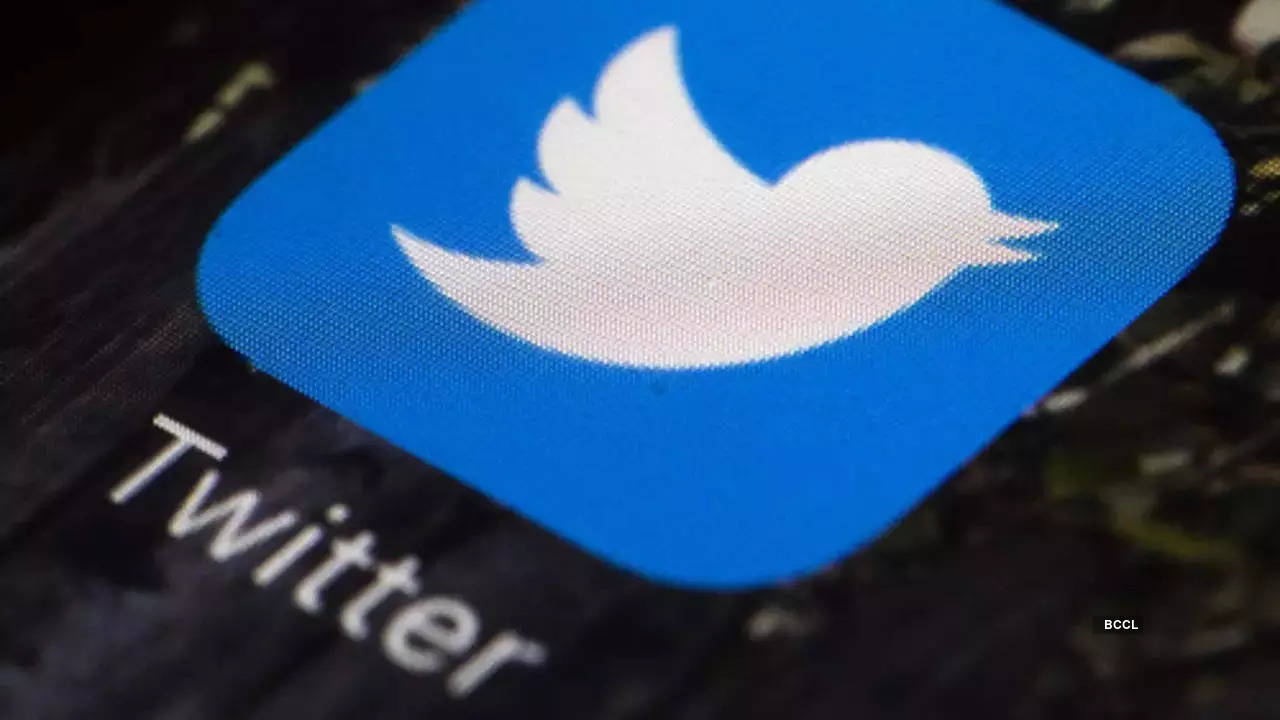[ad_1]
WASHINGTON: Twitter has removed the gold “verified” marker from the New York Times‘ main account, as CEO Elon Musk bashed the news organization as “propaganda” on Sunday and the platform transitioned to a paid verification scheme.
Musk took over the microblogging platform last year and made a priority of opening the “blue checkmark,” indicating an authentic account, to paying subscribers.
The site announced it would start winding down “legacy” blue checkmarks from April 1.
The New York Times was among news media companies, firms and charities that had already lost their blue tick and were tagged as verified business accounts with a gold tick under Musk’s new system.
To retain the gold tick after the rollout of the subscription service dubbed Twitter Blue, these groups would have to pay a monthly fee of $1,000 in the United States, and $50 for each additional affiliated account.
The New York Times said it would not pay for a verified business account and would subscribe for a blue tick only for journalists finding it essential for their reporting needs.
As of Sunday, the organization’s main account, with nearly 55 million followers, had lost its gold checkmark, though affiliate accounts, such as for its travel and opinion sections, retained the ticks.
Many media groups and personalities who also announced they would not pay for Twitter Blue, including basketball star LeBron James, have retained blue or gold checkmarks on their accounts.
In the early hours of Sunday, Musk targeted the New York Times in several tweets, saying, “The real tragedy of @NYTimes is that their propaganda isn’t even interesting” and calling its main feed the “equivalent of diarrhea” and “unreadable.”
According to Travis Brown, a Berlin-based software developer who tracks social-media platforms, only a few dozen accounts have so far been unverified, suspended or had profile elements removed since Saturday.
He said there had been a recent jump in the number of accounts that had made the switch from legacy to the new system — some 60,000 in the past week — but that they were “mostly small accounts, and very few had legacy verification.”
Since its creation in 2009, the blue tick became a signature element that helped the platform become a trusted forum for newsmakers and campaigners.
But Musk and his fans said the decision of who got the coveted checkmark was made by fiat in a secretive procedure, and they called it a symbol of an unfair class system.
The changes under Musk put pressure on companies, journalists and celebrities who used Twitter as their main channel of communication and relied on the blue and gold ticks for credibility.
They also raise the specter of imposters and jokesters paying for an officially verified, but totally fake account.
Musk took over the microblogging platform last year and made a priority of opening the “blue checkmark,” indicating an authentic account, to paying subscribers.
The site announced it would start winding down “legacy” blue checkmarks from April 1.
The New York Times was among news media companies, firms and charities that had already lost their blue tick and were tagged as verified business accounts with a gold tick under Musk’s new system.
To retain the gold tick after the rollout of the subscription service dubbed Twitter Blue, these groups would have to pay a monthly fee of $1,000 in the United States, and $50 for each additional affiliated account.
The New York Times said it would not pay for a verified business account and would subscribe for a blue tick only for journalists finding it essential for their reporting needs.
As of Sunday, the organization’s main account, with nearly 55 million followers, had lost its gold checkmark, though affiliate accounts, such as for its travel and opinion sections, retained the ticks.
Many media groups and personalities who also announced they would not pay for Twitter Blue, including basketball star LeBron James, have retained blue or gold checkmarks on their accounts.
In the early hours of Sunday, Musk targeted the New York Times in several tweets, saying, “The real tragedy of @NYTimes is that their propaganda isn’t even interesting” and calling its main feed the “equivalent of diarrhea” and “unreadable.”
According to Travis Brown, a Berlin-based software developer who tracks social-media platforms, only a few dozen accounts have so far been unverified, suspended or had profile elements removed since Saturday.
He said there had been a recent jump in the number of accounts that had made the switch from legacy to the new system — some 60,000 in the past week — but that they were “mostly small accounts, and very few had legacy verification.”
Since its creation in 2009, the blue tick became a signature element that helped the platform become a trusted forum for newsmakers and campaigners.
But Musk and his fans said the decision of who got the coveted checkmark was made by fiat in a secretive procedure, and they called it a symbol of an unfair class system.
The changes under Musk put pressure on companies, journalists and celebrities who used Twitter as their main channel of communication and relied on the blue and gold ticks for credibility.
They also raise the specter of imposters and jokesters paying for an officially verified, but totally fake account.
[ad_2]
Source link

